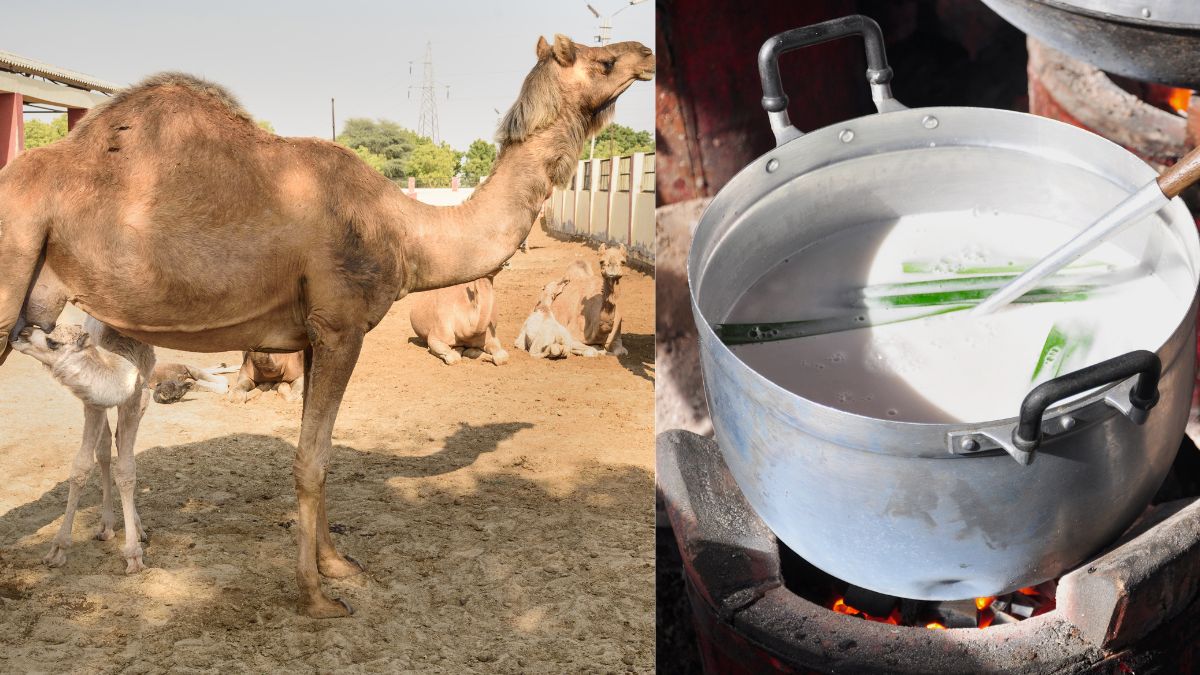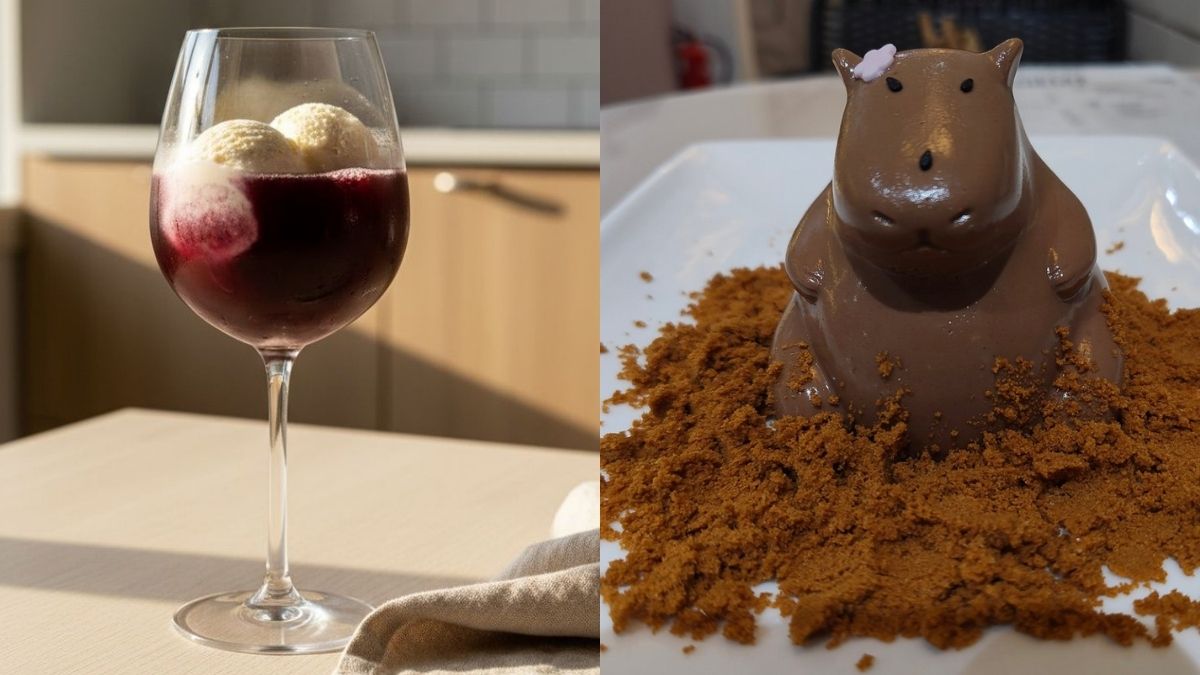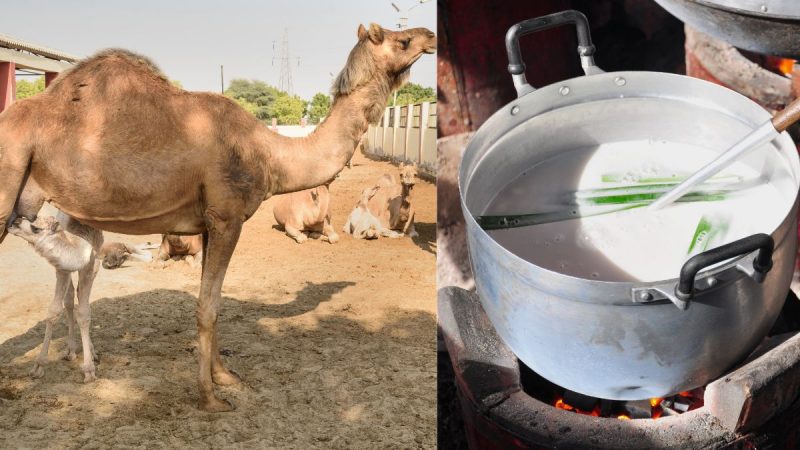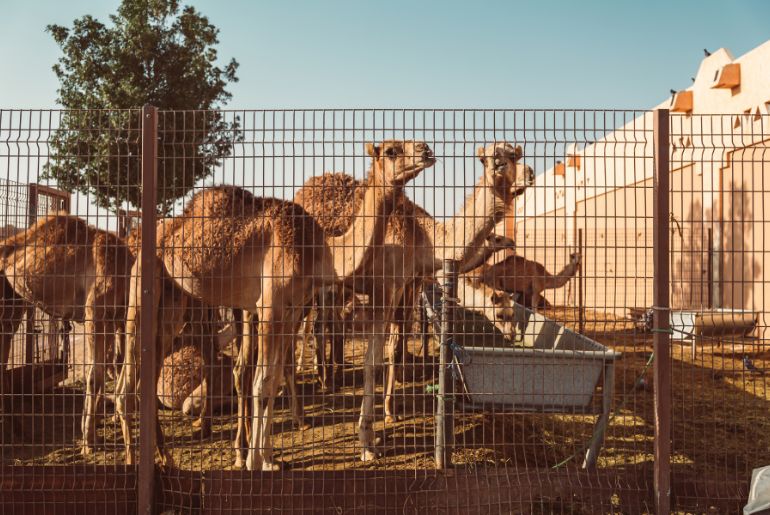In an era where environmental consciousness is paramount, exploring sustainable alternatives in everyday life has become imperative. Amidst this quest for eco-friendly solutions, camel milk emerges as an unexpected yet remarkable champion.
Camel Milk’s Potential For Benefiting The Environment
Compared to conventional dairy farming, camel milk production requires significantly fewer resources. In addition to being a better milk choice in terms of nutrition, cow’s milk is becoming more and more controversial due to environmental concerns. The camel dairy can be called the ‘new kid on the block’. Camels are not real ruminants like cows, hence they emit substantially less methane than ruminant cattle. This environmental advantage aligns with global efforts to combat climate change and transition towards more sustainable food systems.
However, camel milk, like other animal-derived milk, is highly nutritious. Camel milk, considered a divine gift, is a highly nutritious option, particularly for herders on the move. Camels need less feed and emit fewer greenhouse gases than goats and cattle. They can also endure in arid areas where other livestock cannot.
The camel dairy industry’s future is still up in the air. Therefore, it makes sense to start portraying it as a collaborative endeavour by assembling the brightest minds in economics and socioculture with pastoralist leaders! Nomadic pastoralists have a fair chance of pointing the way toward a more sustainable food future where food that is high in nutrients is produced in an environmentally friendly, non-fossil fuel-consuming manner that also preserves biodiversity.
Also Read: Alia Bhatt’s Favourite Milk Cake Is Now Being Served On The Streets Of Surat By This Home Baker
Are There Shortcomings?
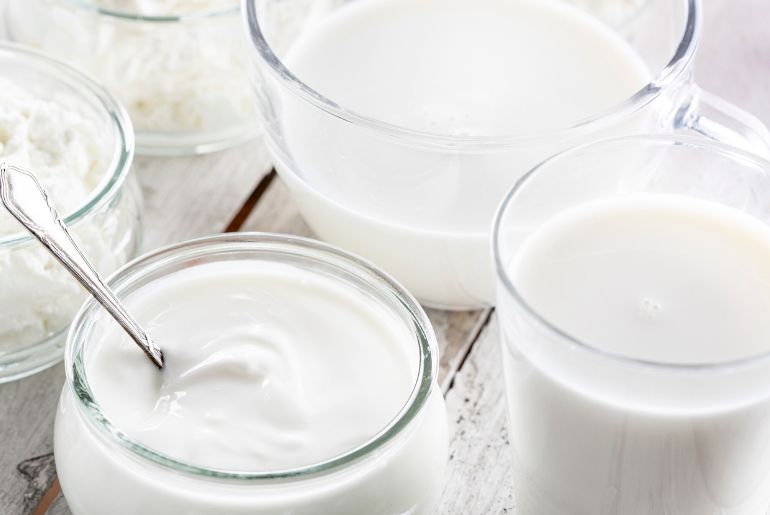
Image for representation
Although camels are now used by pastoralists for ranching reasons, cows are still thought to be the primary milking animal for milk production. A dairy product made from high-quality camel milk is superior to other livestock milk in terms of cost, ability to meet household milk demands, and milk variability. While cow’s milk is the most widely available dairy product, people are starting to show more interest in camel milk. Unfortunately, the cost of this kind of animal is higher than that of other sources of dairy products because of differences in availability and quality.
Herding camels is a significant source of income for people who live in remote places. When there are no other options for transportation, they maintain camels. They utilise them to transport milk across great distances between settlements. For rural herders, they earn a livelihood from their camels. The prosperity of these small companies has helped to preserve the distinctive cultural identity while generating income for the people who rely on them for a living.
So, what do you think of camel milk?
Cover image credits: Canva
First Published: February 15, 2024 7:09 PM
